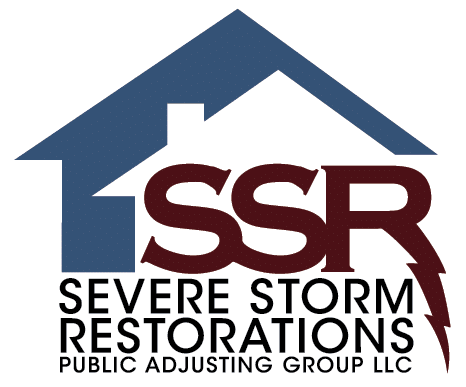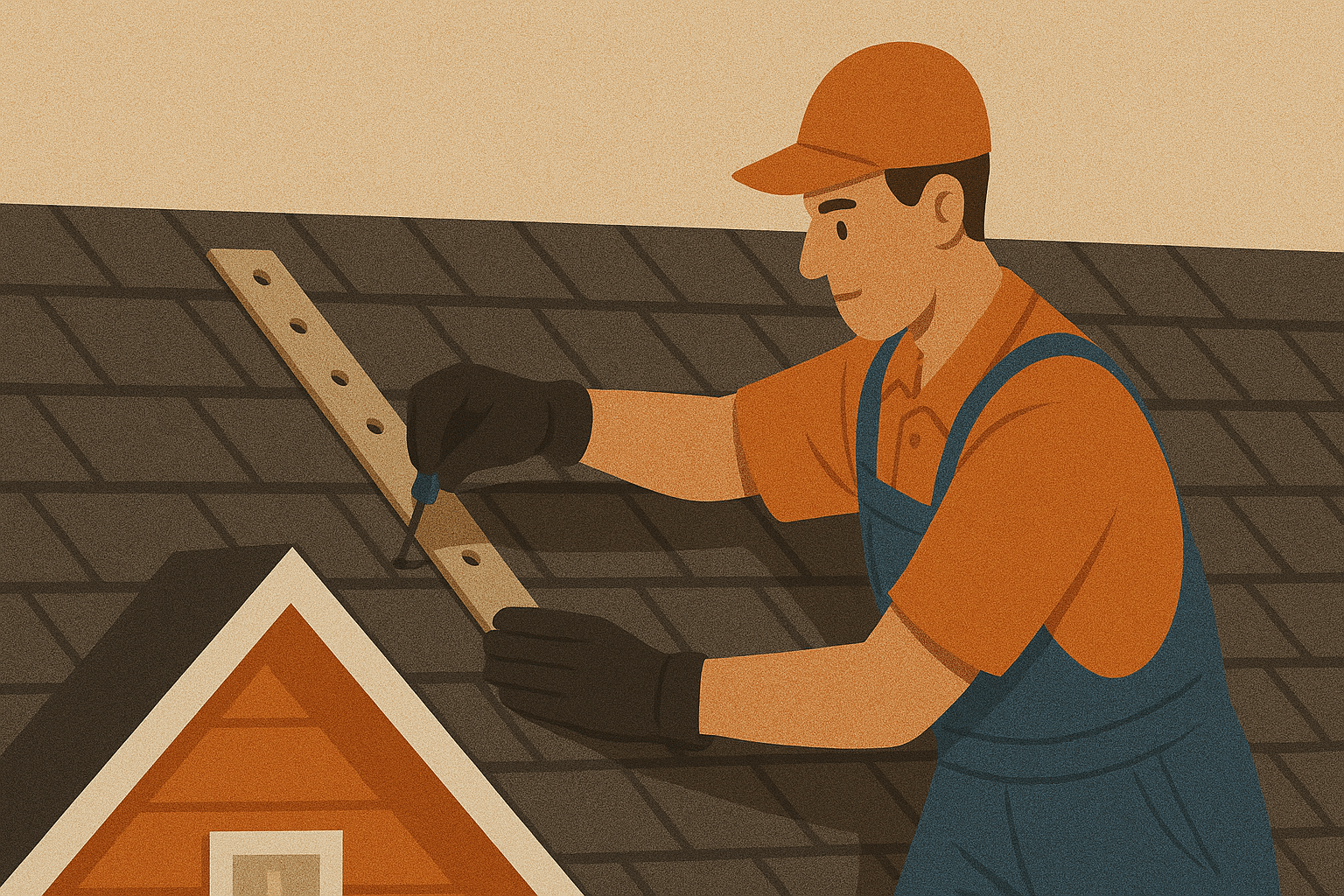Table of Contents
Regular roof inspections are an essential aspect of property maintenance, often overlooked until damage occurs. The roof is your property’s first line of defense against the elements, and ensuring its integrity through regular inspections can save you significant time, money, and stress in the long run. Whether you own a residential home or a commercial building, understanding the benefits of routine roof inspections is crucial to maintaining the safety and value of your property.
Why Roof Inspections Matter
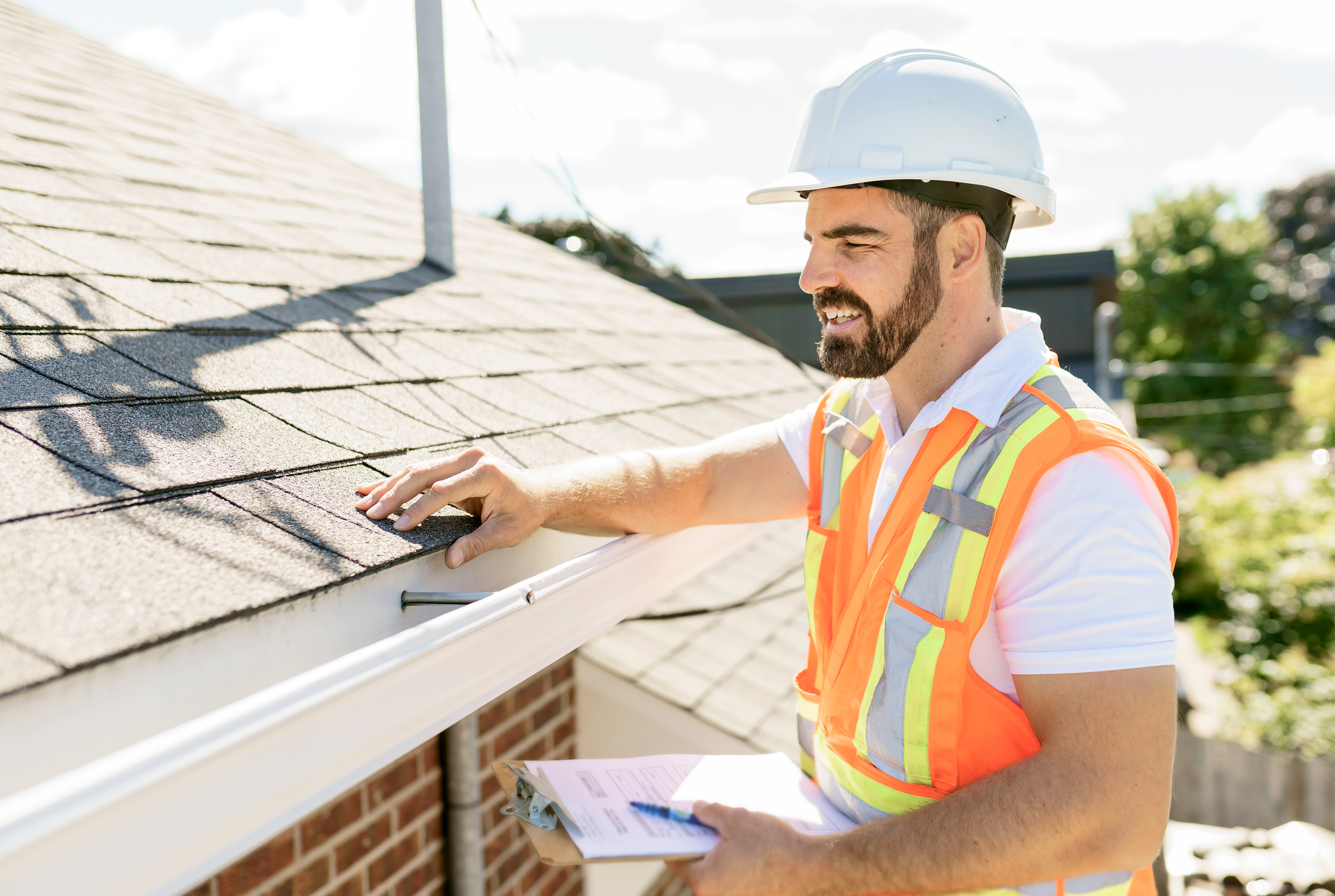
Your roof is constantly exposed to weather conditions, including rain, wind, hail, and sunlight. Over time, these elements can cause wear and tear, leading to leaks, structural damage, and even complete roof failure. Regular inspections help identify potential issues early, allowing for timely repairs that prevent minor problems from becoming major headaches. Moreover, a well-maintained roof enhances your property’s curb appeal and resale value.
The Role of Roof Inspections in Preventing Storm Damage
One of the primary benefits of regular roof inspections is the prevention of storm damage. Storms can cause significant damage to your roof, especially if it is already weakened by existing issues. Inspections allow you to identify and repair vulnerabilities before a storm hits, reducing the likelihood of costly damage. By addressing issues such as loose shingles, damaged flashing, or clogged gutters, you can fortify your roof against the forces of nature.
Key Benefits of Regular Roof Inspections
1. Early Detection of Roof Damage
Regular inspections allow for the early detection of damage such as cracked shingles, leaks, and deteriorating flashing. Identifying these issues early means they can be repaired before they lead to more significant problems, such as water damage or mold growth inside your property.
2. Extending Roof Lifespan
A well-maintained roof can last significantly longer than one that is neglected. Regular inspections help to ensure that your roof remains in good condition, extending its lifespan by addressing wear and tear before it worsens. This is particularly important for commercial properties, where the cost of roof replacement can be substantial.
3. Cost Savings
Addressing minor repairs during regular inspections is far more cost-effective than dealing with major repairs or a full roof replacement. Regular maintenance helps avoid costly emergency repairs and prolongs the life of your roof, saving you money in the long run.
4. Enhancing Energy Efficiency
A roof in good condition plays a crucial role in your property’s energy efficiency. Inspections can identify areas where insulation may be lacking or where ventilation can be improved. Addressing these issues can lead to lower energy bills and a more comfortable living or working environment.
5. Ensuring Safety
A damaged roof poses significant safety risks, including the potential for structural collapse. Regular inspections help ensure that your roof remains safe and secure, protecting the occupants of your property and preventing accidents.
6. Maintaining Property Value
The condition of your roof is a critical factor in your property’s overall value. A well-maintained roof enhances curb appeal and can be a strong selling point if you decide to put your property on the market. On the other hand, visible roof damage can deter potential buyers and lower your property’s value.
7. Compliance with Warranty Requirements
Many roofing materials come with warranties that require regular maintenance and inspections. Failing to adhere to these requirements can void your warranty, leaving you responsible for any repairs. Regular inspections ensure that you remain in compliance with warranty terms, protecting your investment.
What to Expect During a Roof Inspections
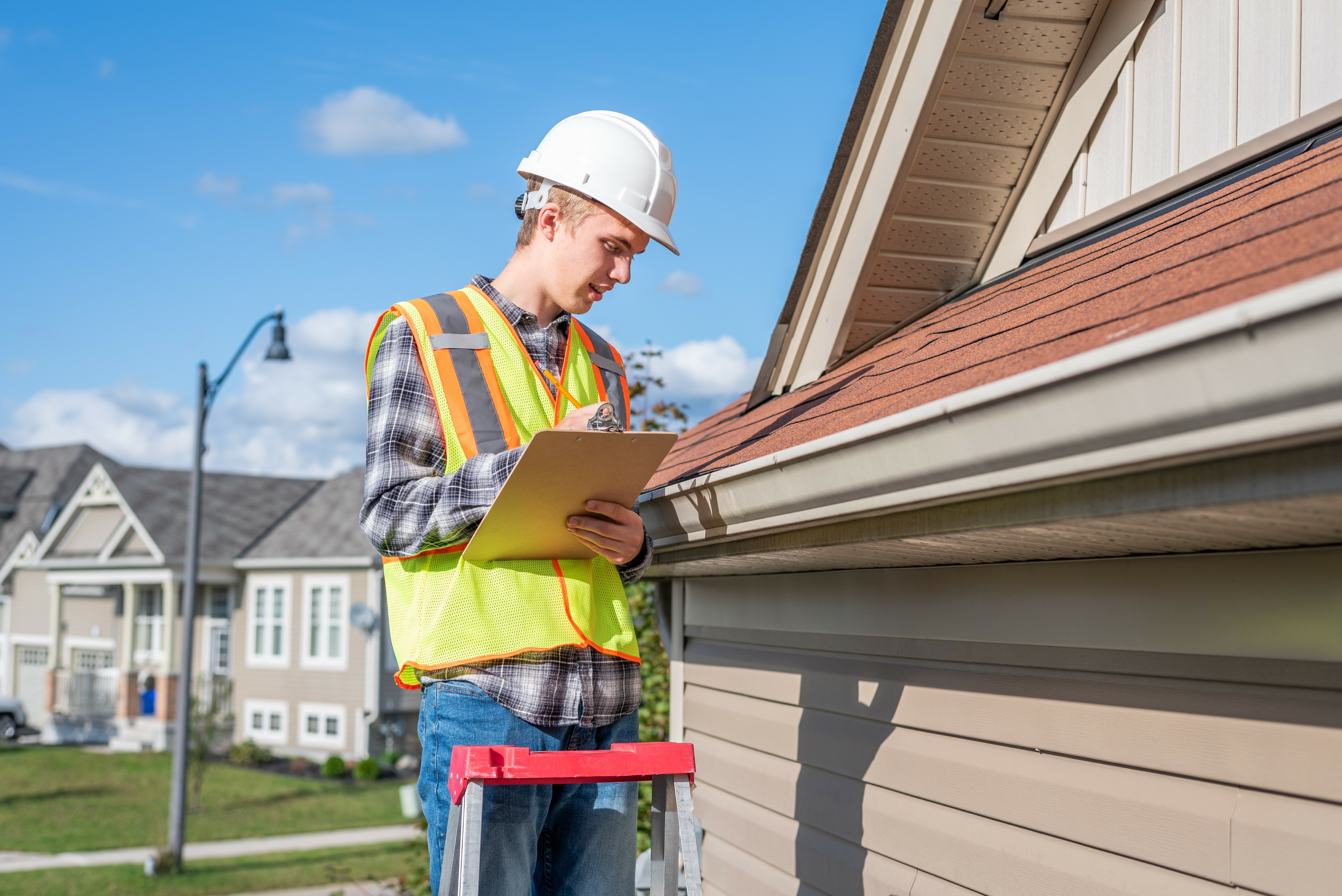
A thorough roof inspections involves several steps. Understanding what to expect can help you prepare and ensure that no critical areas are overlooked.
1. Exterior Inspection
The inspector will start by examining the exterior of your roof. This includes looking for visible signs of damage such as missing or damaged shingles, cracked flashing, and clogged gutters. The inspector will also check for signs of wear and tear that could lead to leaks or other issues.
2. Interior Inspection
Next, the inspector will assess the interior of your property, including the attic. This step is crucial for identifying hidden problems such as leaks, mold, or structural damage. The inspector will look for signs of water intrusion, check insulation levels, and examine the roof’s structural components.
3. Gutter Inspection
Gutters play a vital role in directing water away from your roof and property. The inspector will check for clogged or damaged gutters, which can lead to water pooling on the roof or around the foundation. Addressing gutter issues is a key part of maintaining your roof’s overall health.
4. Ventilation Check
Proper roof ventilation is essential for preventing heat and moisture buildup, which can lead to mold growth and damage to roofing materials. The inspector will assess the ventilation system to ensure it is functioning correctly and recommend improvements if necessary.
5. Documentation and Report
After the inspection, the inspector will provide a detailed report documenting their findings. This report will include photos of any damage, a summary of the inspection, and recommendations for repairs or maintenance. This documentation is invaluable for tracking the condition of your roof over time and making informed decisions about necessary repairs.
How Often Should You Schedule Roof Inspections?
The frequency of roof inspections depends on several factors, including the age of your roof, the type of roofing material, and your location. However, a general rule of thumb is to schedule an inspection at least twice a year—once in the spring and once in the fall. These inspections should be complemented by additional checks after major storms or other severe weather events.
1. Seasonal Inspections
Seasonal inspections are essential for identifying and addressing issues related to weather changes. Spring inspections help ensure that your roof has survived the winter without damage, while fall inspections prepare your roof for the challenges of winter weather.
2. Post-Storm Inspections
After a significant storm, it’s crucial to have your roof inspected, even if there are no visible signs of damage. Wind, hail, and heavy rain can cause damage that may not be immediately apparent. A post-storm inspection can identify issues early, allowing for prompt repairs before they worsen.
DIY vs. Professional Roof Inspections
While some property owners may be tempted to conduct their own roof inspections, it’s important to understand the limitations and risks of DIY inspections.
1. Limitations of DIY Inspections
DIY inspections can be helpful for spotting obvious issues like missing shingles or clogged gutters. However, they often miss subtle signs of damage that a trained professional would catch. Additionally, climbing onto your roof can be dangerous without the proper equipment and experience.
2. Benefits of Professional Inspections
Professional roof inspectors have the experience, knowledge, and tools to conduct thorough inspections. They can identify issues that may not be visible from the ground and provide a comprehensive assessment of your roof’s condition. Hiring a professional also ensures that any damage is accurately documented, which is particularly important if you need to file an insurance claim.
Choosing the Right Roof Inspection Service
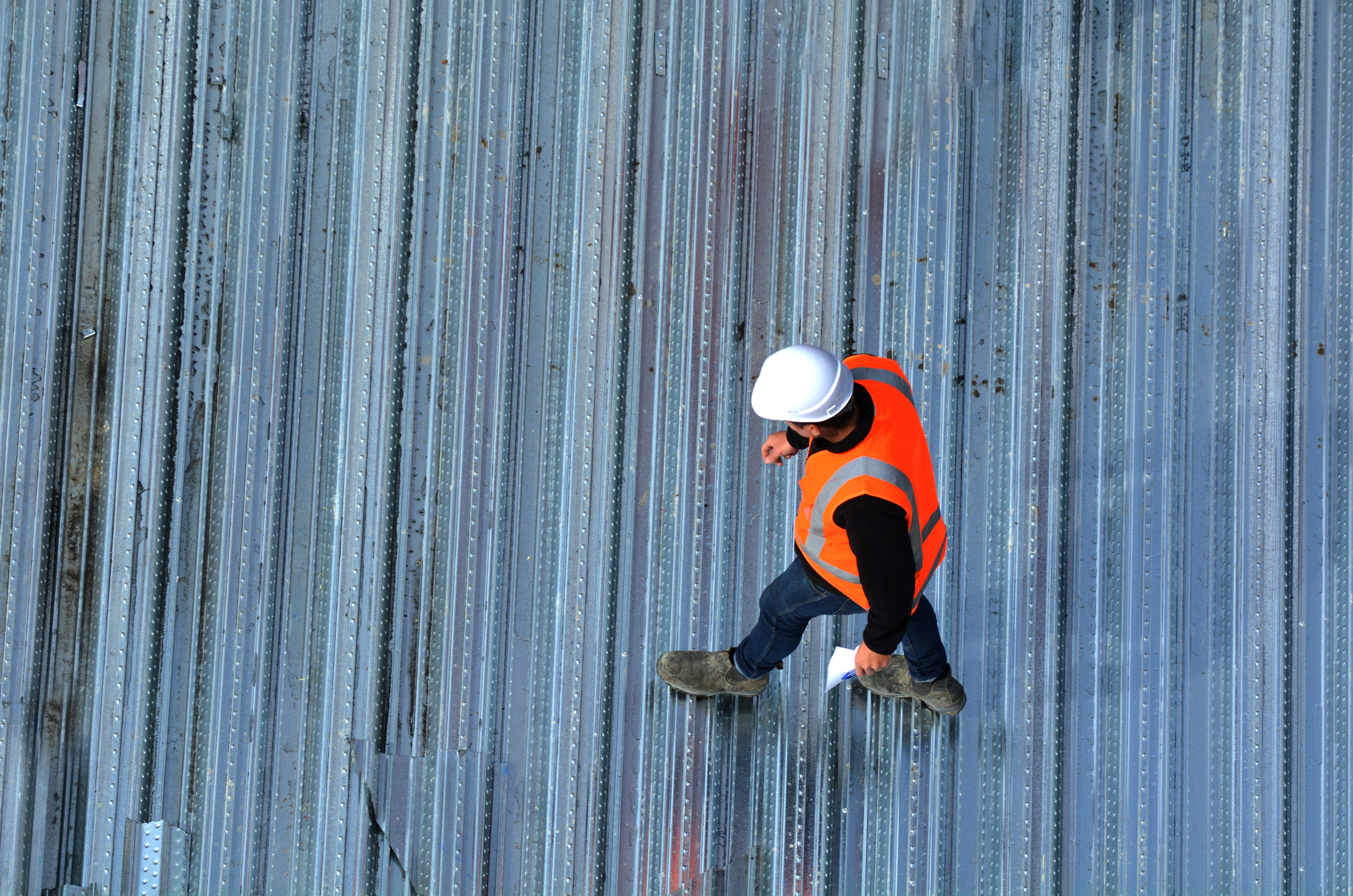
Selecting a reputable roof inspection service is essential for ensuring that your inspection is thorough and accurate. Here are some tips for choosing the right service:
1. Check Credentials
Ensure that the inspection service is licensed, insured, and has experience with the type of roofing material on your property. Look for certifications from industry organizations, which indicate a commitment to professionalism and ongoing education.
2. Read Reviews
Online reviews can provide insight into the quality of service provided by a roof inspection company. Look for companies with positive reviews that mention thorough inspections, clear communication, and excellent customer service.
3. Ask for References
A reputable roof inspection service should be able to provide references from previous clients. Speaking with past customers can give you a better understanding of what to expect and help you feel confident in your choice.
The Cost of Roof Inspections
The cost of a roof inspection can vary depending on factors such as the size of your property, the type of roofing material, and your location. However, the investment is well worth it when you consider the potential savings from avoiding major repairs or roof replacement.
1. Average Cost of Roof Inspections
On average, a professional roof inspection can cost between $150 and $400. While this may seem like an added expense, the peace of mind and protection it offers make it a wise investment.
2. Factors Affecting Cost
Several factors can influence the cost of a roof inspection, including:
- Property Size: Larger properties typically require more time to inspect, leading to higher costs.
- Roof Complexity: Roofs with multiple levels, steep slopes, or unique features may require more detailed inspections.
- Location: Inspection costs can vary depending on the cost of living and demand for services in your area.
The Long-Term Value of Regular Roof Inspections
Regular roof inspections offer long-term value by protecting your property from damage, preserving its structural integrity, and extending the lifespan of your roof. By investing in regular inspections, you can avoid unexpected repairs, reduce energy costs, and maintain the value of your property.
1. Avoiding Unexpected Repairs
Regular inspections help prevent unexpected repairs by catching issues early. This proactive approach saves you from the stress and expense of emergency repairs, ensuring that your property remains in good condition year-round.
2. Reducing Energy Costs
A well-maintained roof contributes to your property’s energy efficiency. Inspections can identify areas where insulation or ventilation needs improvement, leading to lower energy bills and a more comfortable indoor environment.
3. Maintaining Property Value
A roof in good condition is a significant asset when it comes to property value. Regular inspections ensure that your roof remains in top shape, enhancing curb appeal and making your property more attractive to potential buyers.
Conclusion
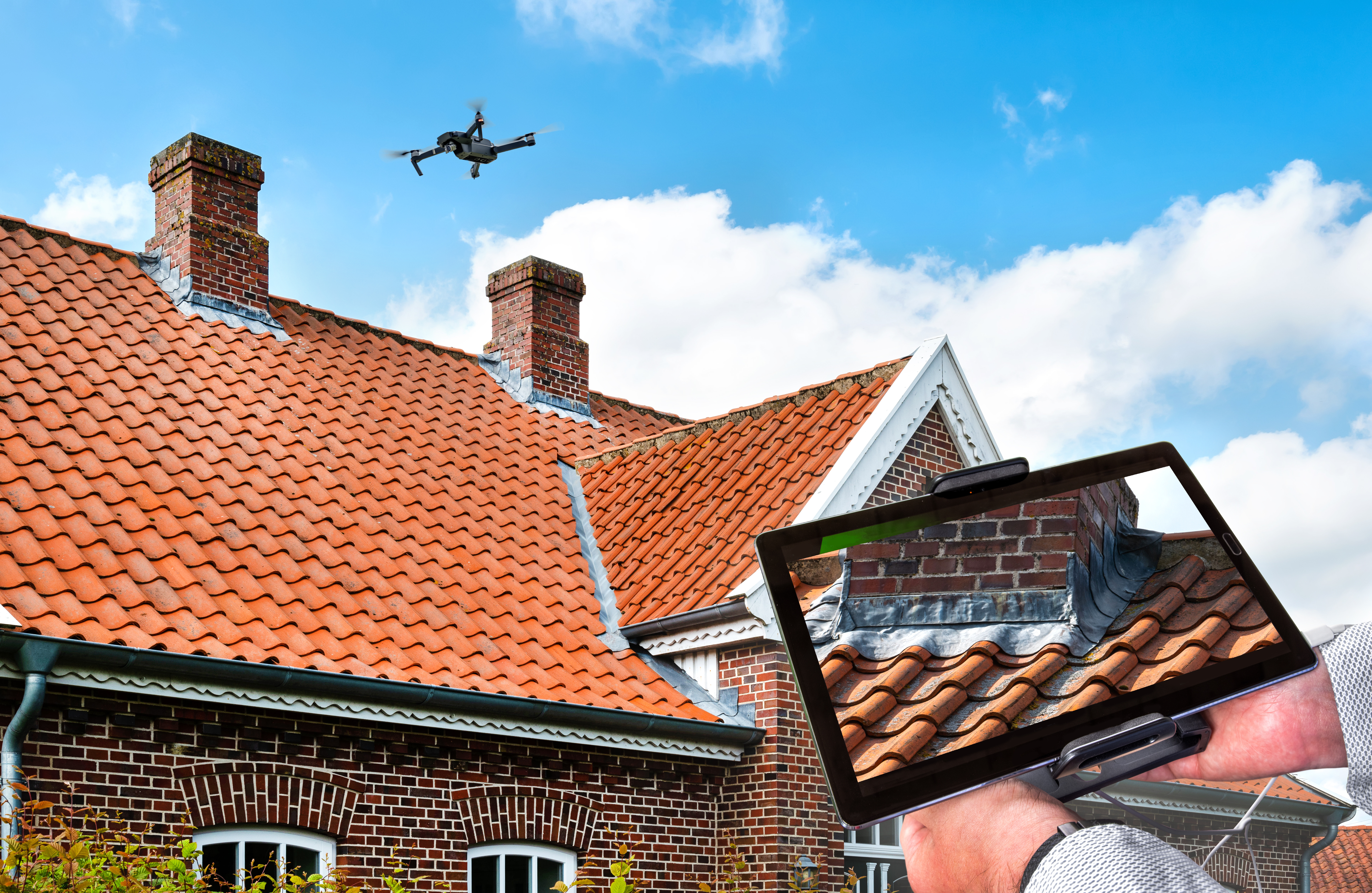
Regular roof inspections are an essential part of property maintenance, offering numerous benefits that protect your investment and ensure the safety of your home or business. By scheduling inspections at least twice a year and after major storms, you can catch potential issues early, extend the lifespan of your roof, and avoid costly repairs. Whether you choose to inspect your roof yourself or hire a professional, the key is consistency and attention to detail.
At Severe Storm Restorations, LLC, we specialize in comprehensive roof inspections and repairs. Our team of experienced professionals is dedicated to helping you maintain a strong, durable roof that protects your property year-round. Contact us today at (855) 742-7663 or visit our website at severestormrestorations.com to schedule your next roof inspection and ensure your property is prepared for whatever the weather may bring.
